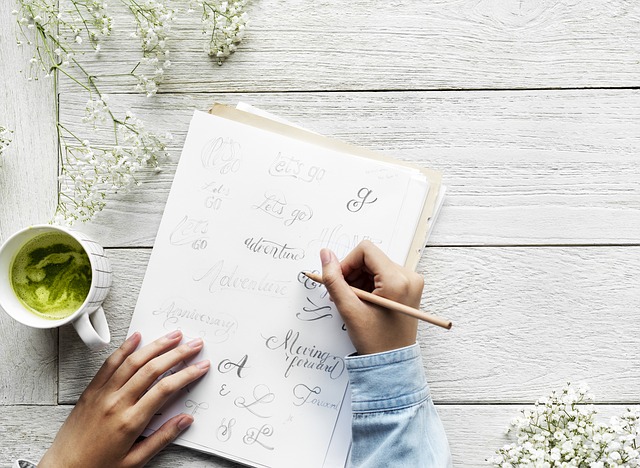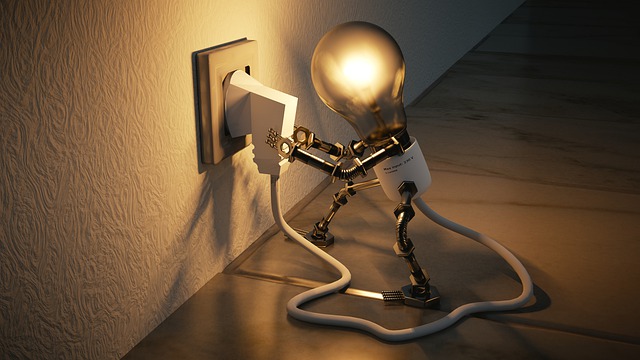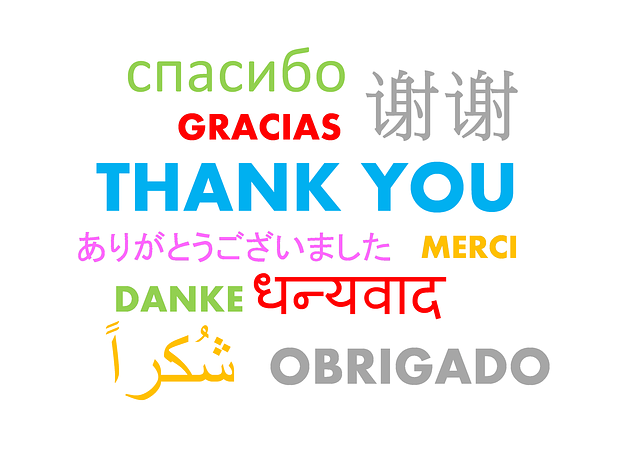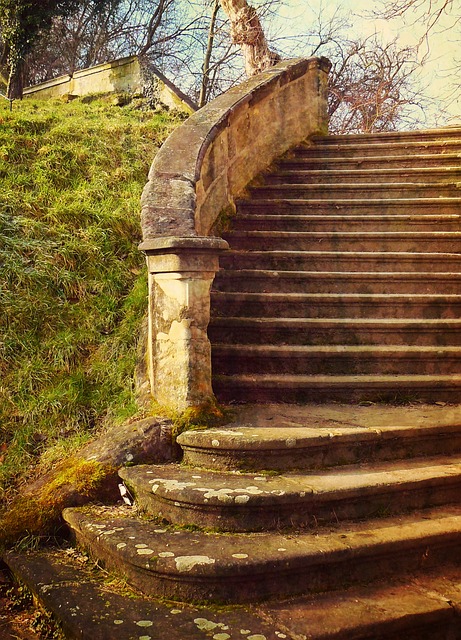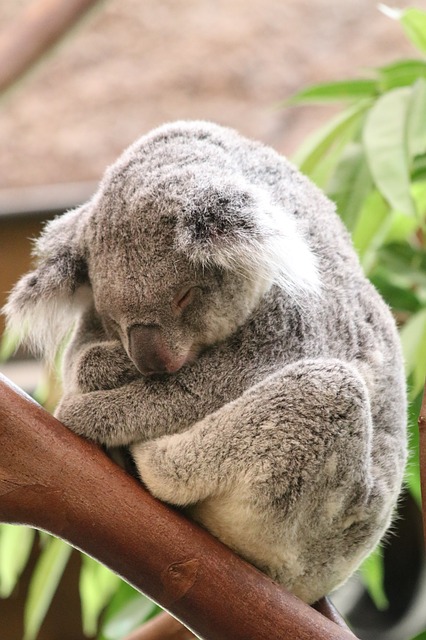Richard Barrett, author and business coach, presented at the encore release of the 2018 Mindful Leadership Summit which was presented online over 10 days from December 3-12, 2018. Richard’s presentation, Soul in the Workplace: the Future of Mindfulness at Work, brought a new frame of reference to the discussion of mindfulness. He argued that meditation and mindfulness constitute the journey, while “soul awareness” is the destination. He puts forward a seven-stage development framework illustrating the journey and its destination.
After many years researching and writing about the evolution of human values in society and organisations, Richard contends that the next phase of the development of mindfulness at work is, “Soul in the Workplace”. His insightful and integrative thinking has led him to reframe the proposition, “I have a soul” to “I am a soul”.
Soul awareness
Richard drew on his experience at the World Bank where a “spirituality group” morphed into a mindfulness group focused on “soul awareness”. He argues that beyond the three-dimensional reality that we all have access to, there is a fourth dimension of “soul awareness” which involves awareness of an individual’s existence within a universal energy field.
Richard argues that a person’s “soul” is the “individuated aspect of the universal energy field”. In other words, we are each an incarnated soul that is an individual expression of the universal energy that surrounds us. Many studies of human anatomy support Richard’s contention that our body, brain and mind are energy fields and that we are surrounded by energy fields, e.g. sound energy utilised in sound therapy, or energy transfered through touch.
The concept of the Seven Chakras, which has existed for thousands of years, identifies the location of energy centres in the body. Similarly, the concept of Qi (Chi) in Chinese Medicine relates to the energy flow in the body that is activated by acupuncture through needling of specific points on a person’s energy “meridians” (pathways).
Personal development stages
Richard suggested that our life journey involves seven stages involving different levels of consciousness. The developmental stages are illustrated in the Barrett Model. The model draws on the earlier work by Erik Erickson in identifying the stages of psychosocial development. The stages identified by Richard can be summarised as follows:
Stage 1 – Focus: Basic need to survive – the reptilian brain (the most primitive part of our brain) is dominant.
Stage 2 – Focus: Conformity to achieve a sense of belonging and being loved -limbic system (where our emotions are centred) is dominant.
Stage 3 – Focus: Personal integration and group acceptance – designed to achieve recognition as an individual together with identity as part of a group.
Stage 4 – Focus: Personal identity (individuation) – breaking free of conformity to parental and societal controls to explore autonomy and freedom.
Stage 5 – Focus: Self-actualisation – finding meaning through self-expression utilising gifts and talents.
Stage 6 – Focus: Making a difference – through connecting with others whether spontaneously with other individuals or as part of an ongoing group.
Stage 7 – Focus: Contribution through selfless service – utilising unique knowledge, skills and experience for the greater good.
According to Richard, regression at any one of the stages can lead to ongoing problems as we seek to realise soul awareness and “soul activation” which can be interpreted as “living a values-driven, purpose-driven life”.
Developing soul awareness and soul activation
Richard suggests that our core problems underpinning maladaptation have their origins in the frustration of the needs pursued in the first three stages. The resultant developmental blockage can be perceived as the “shadow” discussed by Robert Masters and explored in my previous blog post. in contrast, stage 4 (individuation) places a person on the pathway to soul awareness in that it involves a person moving beyond a self-absorbed, ego focus.
The last three stages of personal development – self-actualisation, making a difference, and contribution – are about soul activation, pursuing our true life purpose. In his book, What my soul told me (available as an inexpensive eBook), Richard identifies detailed processes to move beyond self-absorption to soul awareness and soul activation.
Soul in the workplace
Richard, through his writing, public speaking and consultancies, has worked tirelessly to bring soul awareness into workplaces around the world. He has pursued this goal through a focus on developing values-driven and visionary leadership, organisation culture transformation and whole system change in organisation. He maintains that organisations do not transform, people and leaders in them transform themselves and in the process change the level of consciousness in their organisation.
As we grow in mindfulness through meditation and mindfulness practices, we can move beyond self-absorption, progress in our psychosocial development and achieve a values-driven life that enables us to achieve our true life purpose. Our positive energetic field can have a real impact on everyone we encounter throughout our day.
By Ron Passfield – Copyright (Creative Commons license, Attribution–Non Commercial–No Derivatives)
Image source: courtesy of MemoryCatcher on Pixabay
Disclosure: If you purchase a product through this site, I may earn a commission which will help to pay for the site, the associated Meetup group and the resources to support the blog.

